What we’re up against: the implications of a “crumbling infrastructure”
$1.5 trillion.
This is what President Donald Trump proposed as part of his potentially colossal infrastructure reform plan in the State of the Union address last week. However, many in the transportation industry are left in the dark about how exactly his administration plans to fund these improvements.
Before delving into the details (or lack thereof) of President Trump’s proposed infrastructure reform plan, it’s important to understand exactly why the American Society of Civil Engineers gave the nation’s infrastructure a “D+” back in March, and what that means for both those in the transportation industry and the average American household.
Our D+ infrastructure
In his State of the Union address, President Trump said the time has come “to rebuild our crumbling infrastructure.” But is it really that bad? The answer, as many in the transportation industry are already well aware, is a resounding yes.
In a White House briefing issued last week, the administration lists the many woes the nation faces in terms of infrastructure development.
According to the briefing,
The United States ranks tenth in the world in terms of quality of overall infrastructure and tenth in the quality of roads according to the World Economic Forum.
One out of every five miles of U.S. highway pavement is in poor condition.
Americans spent an estimated 6.9 billion hours delayed in traffic in 2014, or 42 hours per driver.
One third of America’s bridges are 50 years or older.
The briefing also claims the red tape of the permitting process holds back American infrastructure investment. In fact, the median time to complete an environmental review process of complex highway projects is at least 7 years, according to a 2014 report by the Government Accountability Office (GAO).
Who’s to blame for all of this? In the same briefing, the Trump administration points a finger at “years of inaction and a broken permitting system.”
And these issues don’t just affect the transportation industry. It hits every household, right in the pocketbook. According to a 2016 report by the American Society of Civil Engineers, from 2016 to 2025, each household will lose $3,400 each year in disposable income due to infrastructure deficiencies.
The White House and congressional leaders are also seeking much-needed fix for the Highway Trust Fund. This trust fund provides states with funding assistance through revenue collected from the federal gas and diesel tax.
However, this fund’s decline is a direct result of advances in terms of fuel consumption and changing driving habits, causing transfers from the general fund in order to stay afloat.
So this is what the government, the transportation industry, and Americans in general are up against when it comes to our nation’s “crumbling infrastructure.”
Where do we go from here?
Check back next week as we delve deeper into the Trump administration’s plans for fixing the nation’s infrastructure woes, and how these plans could mean big changes for the transportation industry.
As for diesel prices, average diesel prices are up .016 from last week to $3.086.


